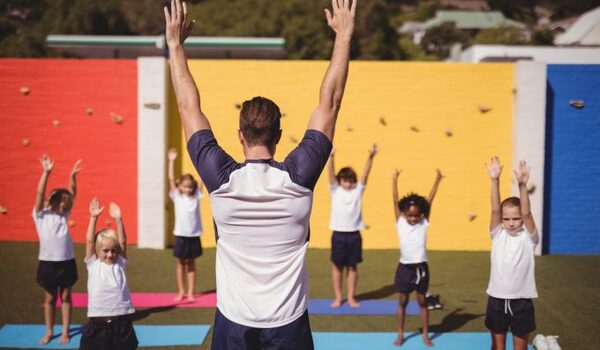Regular exercise has long been recognized as an essential component of a healthy lifestyle, with benefits that extend far beyond physical fitness. Physical activity has been shown to improve mental health, cognitive function, and overall well-being. In recent years, research has increasingly focused on exercise’s potential anti-aging effects, providing additional evidence for its role in promoting youth.
Researchers compared aging mice who had access to a weighted exercise wheel to mice who had epigenetic reprogramming through the expression of Yamanaka factors. Finally, the researchers discovered that exercise promotes a molecular profile that is consistent with epigenetic partial programming.
A recent paper published in the Journal of Physiology expanded on previous research done with lab mice nearing the end of their natural lifespan who had access to a weighted exercise wheel to strengthen the case for the youthfulness-promoting effects of exercise on aging organisms.
The paper, “A molecular signature defining exercise adaptation with ageing and in vivo partial reprogramming in skeletal muscle,” has 16 co-authors, six of whom are affiliated with the University of Alberta. Kevin Murach, an assistant professor in the University of Alberta’s Department of Health, Human Performance, and Recreation, is the corresponding author, and Ronald G. Jones III, a Ph.D. student in Murach’s Molecular Muscle Mass Regulation Laboratory, is the first author. For this paper, the researchers compared aging mice that had access to a weighted exercise wheel with mice that had undergone epigenetic reprogramming via the expression of Yamanaka factors.
Exercise is the most powerful drug we have, and should be considered a health-enhancing – and potentially life-extending – treatment along with medications and a healthy diet.
Kevin Murach
The Yamanaka factors are four protein transcription factors (identified as Oct3/4, Sox2, Klf4 and c-Myc, often abbreviated to OKSM) that can revert highly specified cells (such as a skin cell) back to a stem cell, which is a younger and more adaptable state. The Nobel Prize in Physiology or Medicine was awarded to Dr. Shinya Yamanaka for this discovery in 2012. In the correct dosages, inducing the Yamanaka factors throughout the body in rodents can ameliorate the hallmarks of aging by mimicking the adaptability that is common to more youthful cells.
Myc is the only one of the four factors that can be activated by exercising skeletal muscle. Myc may function as a naturally induced reprogramming stimulus in muscle, providing a useful point of comparison between cells that have been reprogrammed via overexpression of the Yamanaka factors and cells that have been reprogrammed through exercise, with “reprogramming” in the latter case reflecting how an environmental stimulus can alter gene accessibility and expression.
The researchers compared the skeletal muscle of mice allowed to exercise late in life to the skeletal muscle of mice with overexpressed OKSM in their muscles, as well as genetically modified mice with only Myc overexpression in their muscles.

Finally, the researchers discovered that exercise promotes a molecular profile that is consistent with epigenetic partial programming. That is, exercise can mimic aspects of the molecular profile of muscles exposed to Yamanaka factors (thereby displaying molecular characteristics of more youthful cells). This beneficial effect of exercise may be attributed in part to Myc’s specific actions in muscle.
While it would be tempting to speculate that one day we might be able to manipulate Myc in muscle to achieve the effects of exercise, thereby avoiding the actual hard work, Murach cautions that this would be the wrong conclusion to draw.
For starters, Myc would never be able to replicate all of the downstream effects of exercise on the body. It is also the cause of tumors and cancers, so manipulating its expression carries risks. Murach believes that manipulating Myc is best used as an experimental strategy to learn how to restore exercise adaptation to old muscles with declining responsiveness. It could also be used to boost the exercise response of astronauts in zero gravity or people on bed rest who have a limited capacity for exercise. Myc has many effects, both positive and negative, so identifying the positive ones could lead to a safe therapeutic that is effective for humans in the future.
Murach sees their research as further validation of exercise as a polypill. “Exercise is the most powerful drug we have,” he says, and should be considered a health-enhancing – and potentially life-extending — treatment along with medications and a healthy diet.
















